Original title: Keys to Economic Systems
Original source: GD KEYS
Game economy systems play an important role in game design, not only limiting certain aspects of the game experience, but also supporting character development, rewarding players, facilitating social interaction, and introducing difficult choices. However, designing an efficient economic system is a daunting task. This article will introduce the basic knowledge of the economic system from the perspective of game design, and discuss some tools, techniques and design points that may be useful to help designers design better economic systems. This article is a condensed version. For more exciting content, seefirst level title。
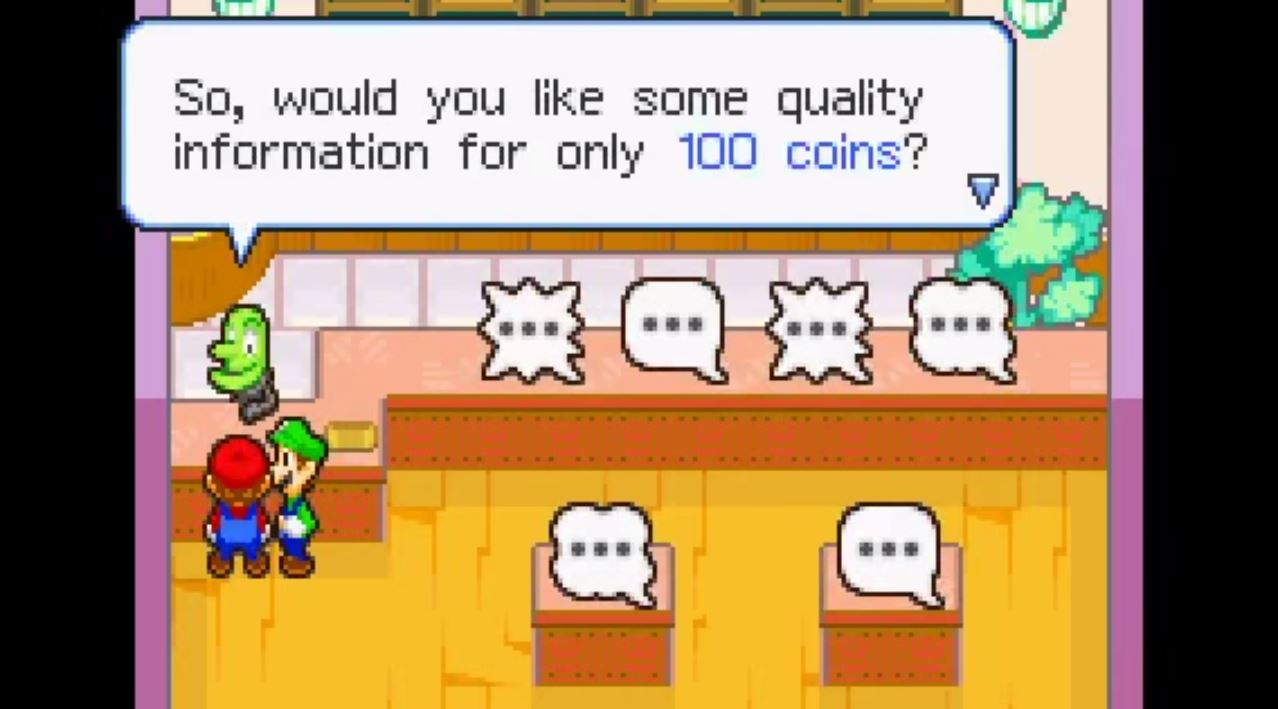
#What is the economic system
first level title
# Currency and resources
In simple terms, money is a conventional medium of exchange used to purchase goods or services. The key is"exchange". In games, however, so-called currency isn't always real currency, but resources, used to gain extra life or protection. The nature of money has nothing to do with rarity or value, but rather its function as a medium of exchange. Currencies often have multiple uses, but they can also have limited uses. Resources play a key role in the currency system, and currency acts as a bridge between different parts of the player experience. At the same time, resources can exist completely without currency, or they can act as currency. Resources have inherent value, which is usually assigned value by converting into currency. Although money and resources are often treated as the same concept in game design, by distinguishing between them you can better understand their relationship and thus create more robust systems.
Key Point 1: Determine the currency and resources in the game. Controversial as it may be, taking this step helps to better understand the ecosystem created.
first level title
#Source Sources and consume Sinks
Essentially, the two terms are pretty straightforward: source is how currency is acquired, such as selling items, opening treasure chests, or defeating enemies, and consumption is how currency is spent, such as buying items, dying, or repairing and upgrading gear.
secondary title
Source and Quantity Consumed
In the game, the number of source and consumption points is not strictly regulated. There can be multiple sources fed into a single consumption point, or only one source (for example, the loot obtained by defeating the boss in a Roguelike game), and the end-stage system can be opened by providing the consumption point of the corresponding currency. The sources and depletion points required for each currency depend on the game system and expectations of the player experience. Multiple ways to obtain currency can promote player freedom of choice and personality expression (provided the source is balanced). If the game encourages specific systems to engage or rewards specific actions, designing a dedicated currency will immediately motivate players (or create critical bottlenecks in major processes).
Having multiple spendpoints gives the player meaningful choices and priorities (e.g., "what to buy?" or "what to buy first?"), while only one spendpoint focuses player action and gameplay on one unmissable on the target.
Key point 2: By determining the source of currency and the number of consumption points, determine the player's initiative and progress in the game
secondary title
generosity
Generosity is critical to player engagement in the economy, depending on the balance between sources and points of consumption. Being overly generous can cause players to lose interest, while not being generous enough can cause players to abandon the game. Balance is key.
Excessive generosity can be beneficial in the short term, but can be disastrous in the long run, crippling game systems and affecting player motivation. Either extreme will cause the player to leave the game. Therefore, finding the right level of generosity is critical to keep players interested and engaged.
Key point 3: Over-generosity or under-generosity can lead to a decline in player motivation, which designers should track and adjust carefully.
Trying both extremes at different stages of the player's experience is a viable suggestion. At the beginning of the game, over-generosity (sources exceeding consumption) can give players a strong sense of control and progression, enticing them to keep playing. This taps into people's psychological need to like to hoard, bringing an instant sense of victory. As the game progresses, the player's wants and needs become more specific and defined. In this change, reducing sources and increasing consumption will better serve these desires, increasing player retention and the need to master the game.
The following diagram simplifies the balance of money over time:
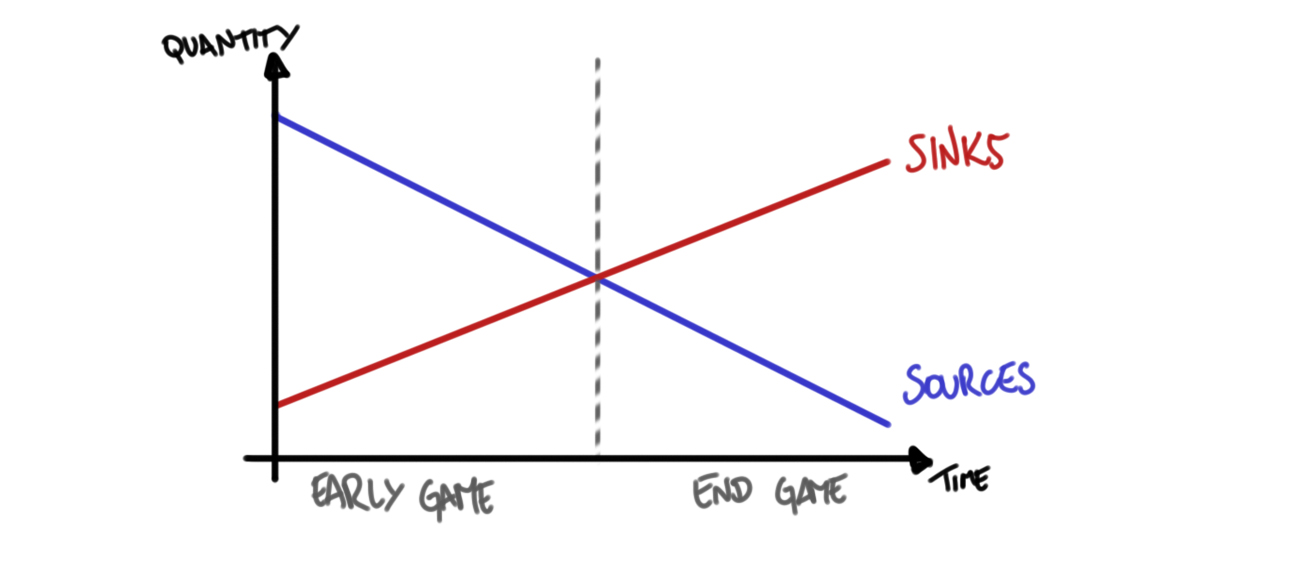
Key point 4: The balance between sources and consumption of currency can change over time: use this relationship to guide player behavior to meet their current needs and motivations.
Of course, in design every situation is unique and this balance can take many different forms: don't be afraid to experiment and find the perfect balance for your game. For example, in a free-to-play game, you can get very different curves when you have twice as much hard money (real money) as you do soft money (virtual money in the game). In the example below, we first have an "attraction" period, during which buying currency is not necessary, and then the balance suddenly reverses, severely limiting the player's game progress once the "trial" period is over:
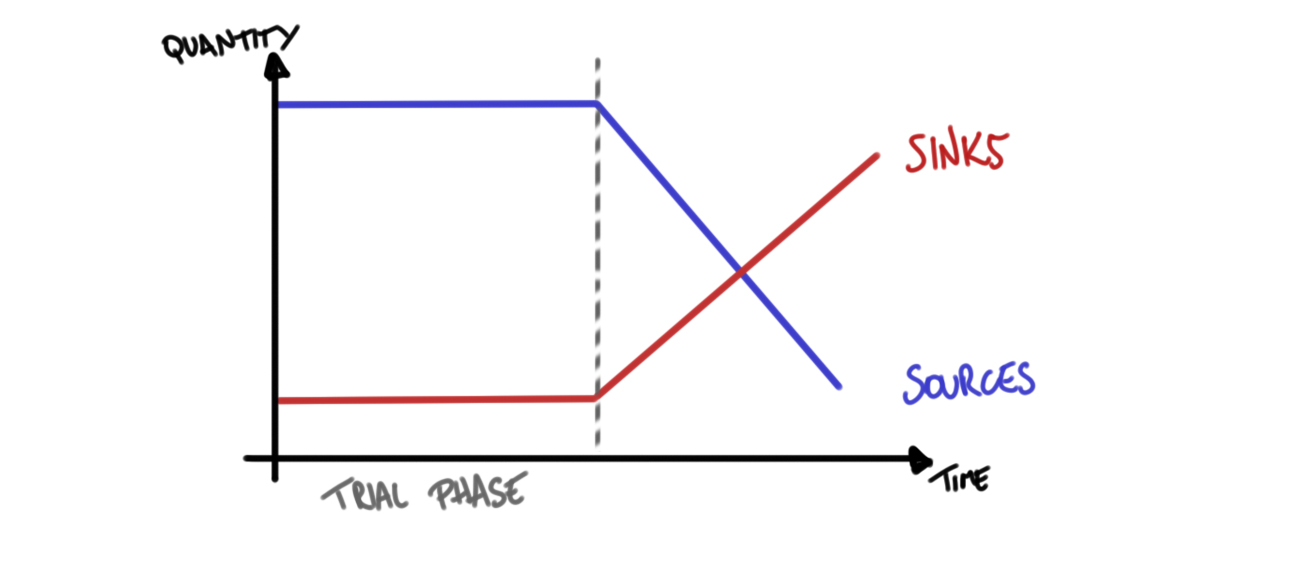
To balance sources and consumption, designers can use a global metric: monetary gain per minute. This metric tells us how much currency the player can earn in a certain timeframe, allowing us to adjust the consumption point. Applying this metric to the entire game provides clear design direction, while applying it to each system creates opportunity. Giving slightly more currency in a system relative to the global average is an effective way to incentivize players to participate in the system.
This approach makes players feel like they can get more currency by choosing a certain system in the same amount of time. Is this a planned design? Does this provide a better experience?
Key Point 5: Determine the amount of monetary gain per minute globally for the player, and then adjust for each system so that the drain points are adjusted accordingly, helping to shape the overall game experience.
With all that said, to summarize what we've defined here: A game's economy system consists of all the currencies and resources, and how they relate to every system in the game. It plays a central role in the player's gaming experience and greatly influences how players play and engage. Currency is a medium of exchange, which is exchanged through sources and consumption, and the balance between sources and consumption has an important impact on player motivation and retention.
first level title
#Breadwinner
Before designing an economic system, it is important to determine the application domain of the currency. And not just listing different game systems. Instead, we should consider how aspects or pillars in the game can be enhanced through the economic system, and whether there is a relationship between them. For example, the exploration pillar could be implemented by rewarding players for discovering scarce resources in a region. The cooperation/social pillar can be circulated and increased in value between players through currency, which can be used to purchase community goods to enhance cooperation and interaction. The end-game phase provides a new end-game experience by unlocking unique shops and upgrades through micro-currency earned from beating the game's highest challenges. In design, we can order these ideas according to the importance and connection of pillars.
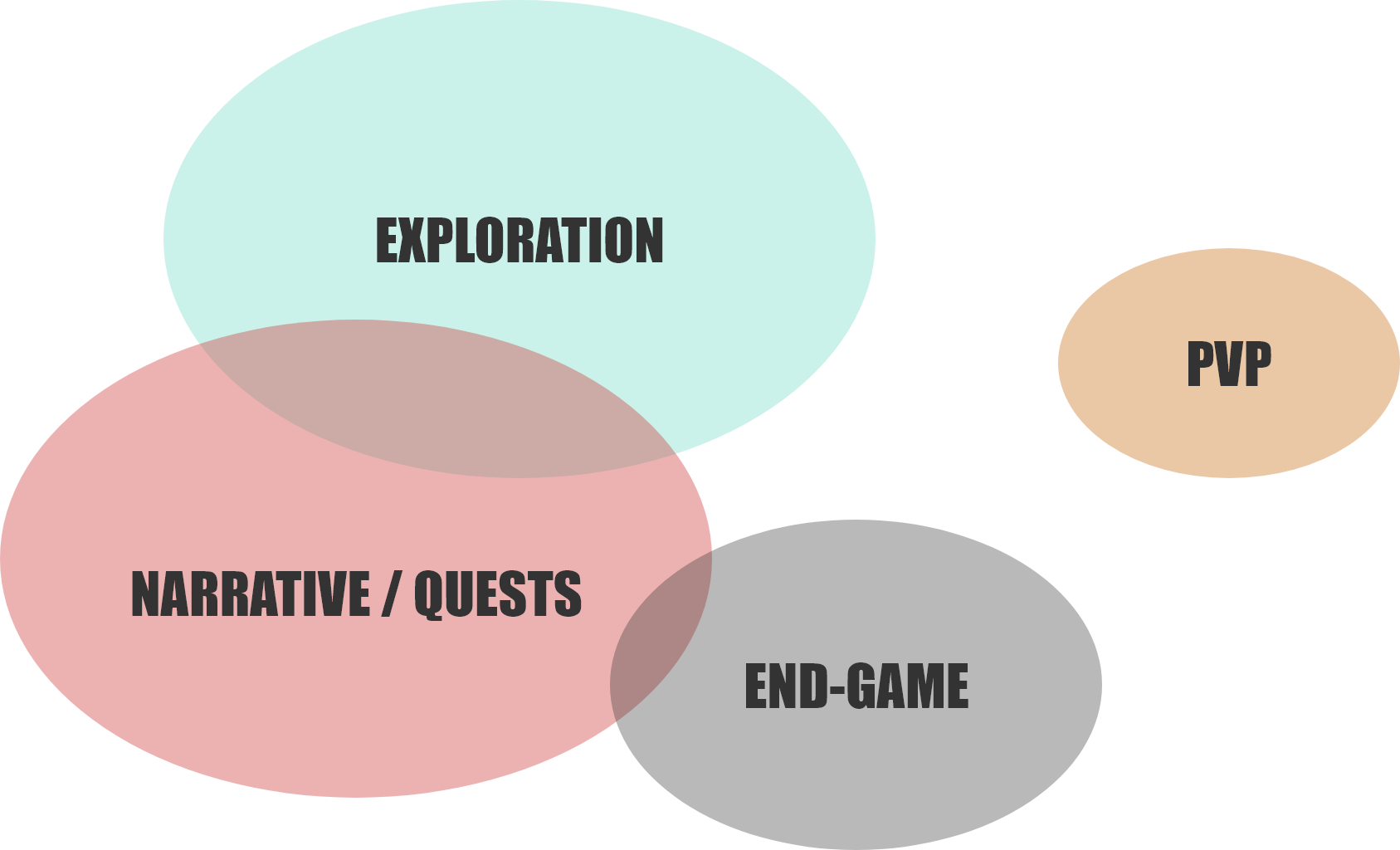
PLEASE NOTE: Games don't need to have too many economic pillars (or game pillars). Take enough time to properly define what really makes up your game and includes all of the game mechanics.
Key Point 6: Start by carefully defining and mapping the game's economic pillars and understanding how they relate to each other. This will help provide an extremely solid foundation.
first level title
#Amount of money
When designing a game economy system, determining the amount of currency required is a complex question with no definitive answer. At one extreme there is only one currency, tied to all systems, which can cause players to lose the sense of game limitation. At the other extreme there are several currencies, each microsystem having its own currency, but this can reduce player initiative and game continuity.
A good design should find the right point in the balance. For example, Hades divides money into three main pillars, each with its own sources and consumption. This design matches the core mechanics of Rogue-Like games, providing the basis for an efficient game loop that encourages players to try again and provides the best possible gaming experience.
Therefore, designers need to comprehensively consider factors such as game type, player motivation, and system interaction to find the economic system balance point suitable for the game.
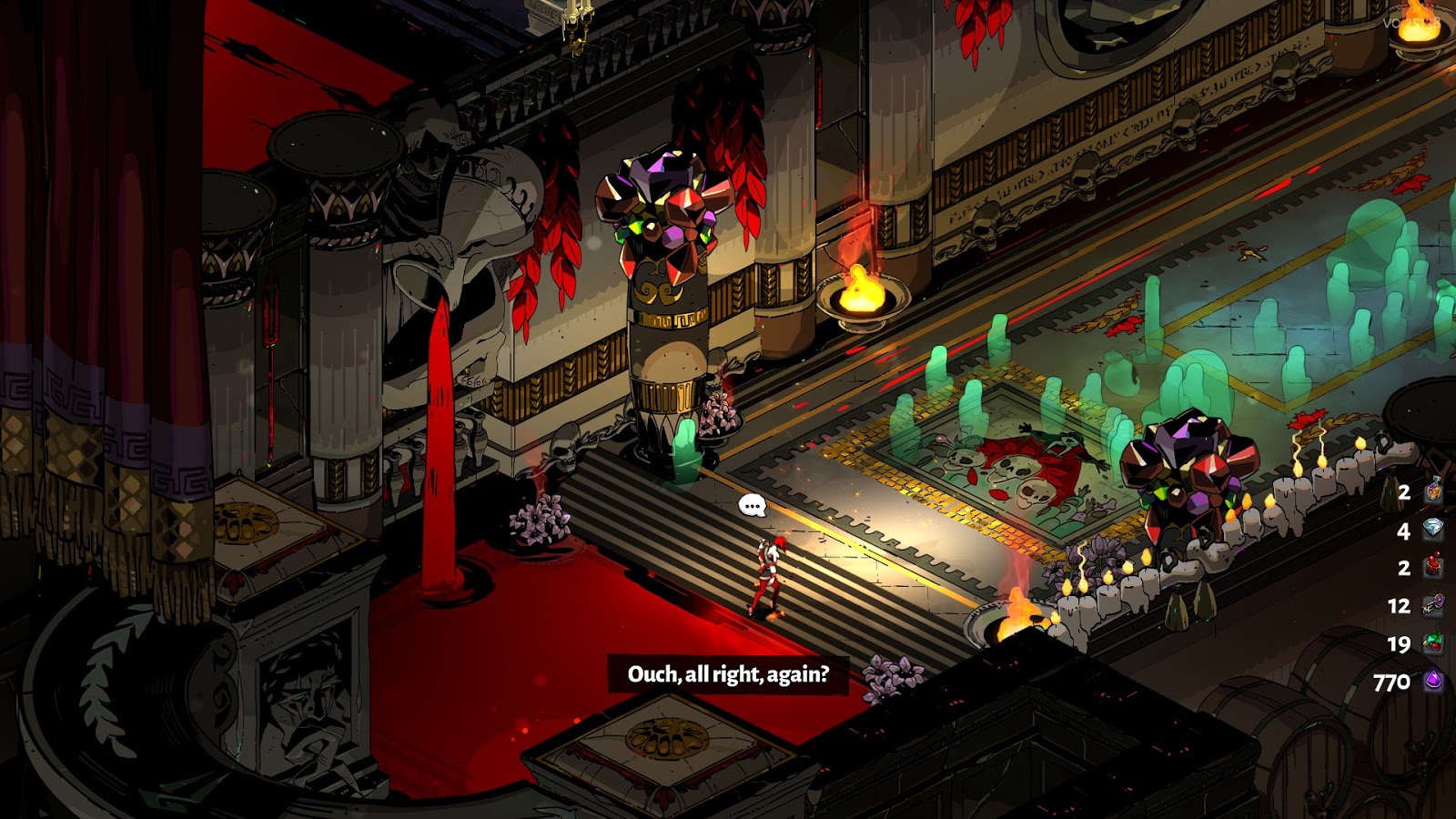
Key point 7: The amount of currency required will be constrained by the system, the relationship between them, the game's requirements for player initiative and freedom, and the protection mechanisms that need to be set up for key systems
suggestion:
Currency is the most basic reward: In every game loop, rewards are at the core, whether extrinsic or intrinsic. The simplest and most basic reward for players is some currency. It is recommended to use sufficiently segmented currencies to provide these small rewards.
Currency exchange with caution: There have been many systems that have failed because of things like this: gems can be exchanged for gear, gear can be exchanged for gold, gold can be bought for tokens, tokens can be... eventually, all these currencies are linked to form A unified monetary system created many potential problems. Be cautious about exchanging between these currencies, or limit them as appropriate. The poor broker in Hades offers a way to exchange money, but at a very high cost.
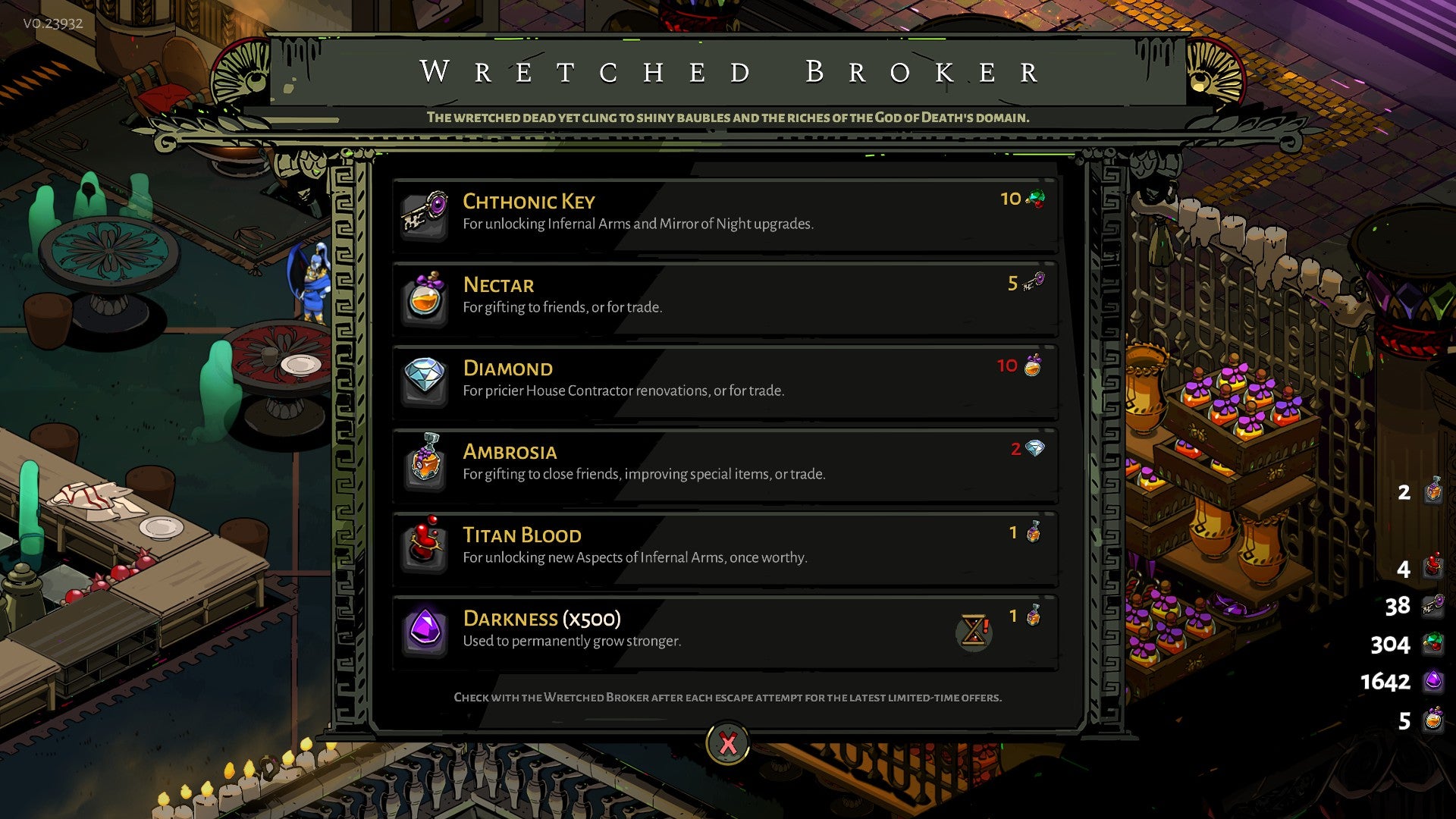
Design currencies to suit different player styles: There are multiple ways to create currencies to achieve specific goals. An efficient solution is to combine it with the game economy and core gameplay. Another approach is to consider how players engage in the game: rewarding them for time investment (e.g. killing monsters), rewarding performance of their skills (e.g. defeating bosses or completing achievements), or even rewarding their loyalty (e.g. gifting gift or common currency across games).
secondary title
monetary semantics
For each currency, the associated verbs are listed as follows:
Gold Coins: Loot/Sell/Buy/Repair/Win/Acquire
Diamonds: find/exchange/reward/steal/protect
other
other
Doing so highlights interactions between different currencies and helps you focus on specific currencies, delete or create new ones. At the same time, this will also bring new system ideas, which may not have been considered before, to further enhance the game experience. Storing diamonds, for example, could make you a target for thieves, and the more diamonds you store, the more protection you'll need.
secondary title
Player Value and Evolution
Before closing the currency discussion, there is one last aspect to talk about: the value of money over time. I'm not referring to game value here, but value to players: the value of the game's currency in the eyes of players and how it changes over time.
In simple terms, this value will fluctuate continuously in the player's game experience and game progress. Here are two fairly common examples.

There is usually a soft currency in the game, such as gold coins, as the main currency. In the initial stage, gold coins are the most valuable resource, and players can use them to buy almost everything. However, as time goes by, the player gets richer, fewer items are available to buy, and the value of the currency gradually decreases. Eventually, players will reach a point where gold loses value to them, and related systems fade away. This is a common situation in many games.
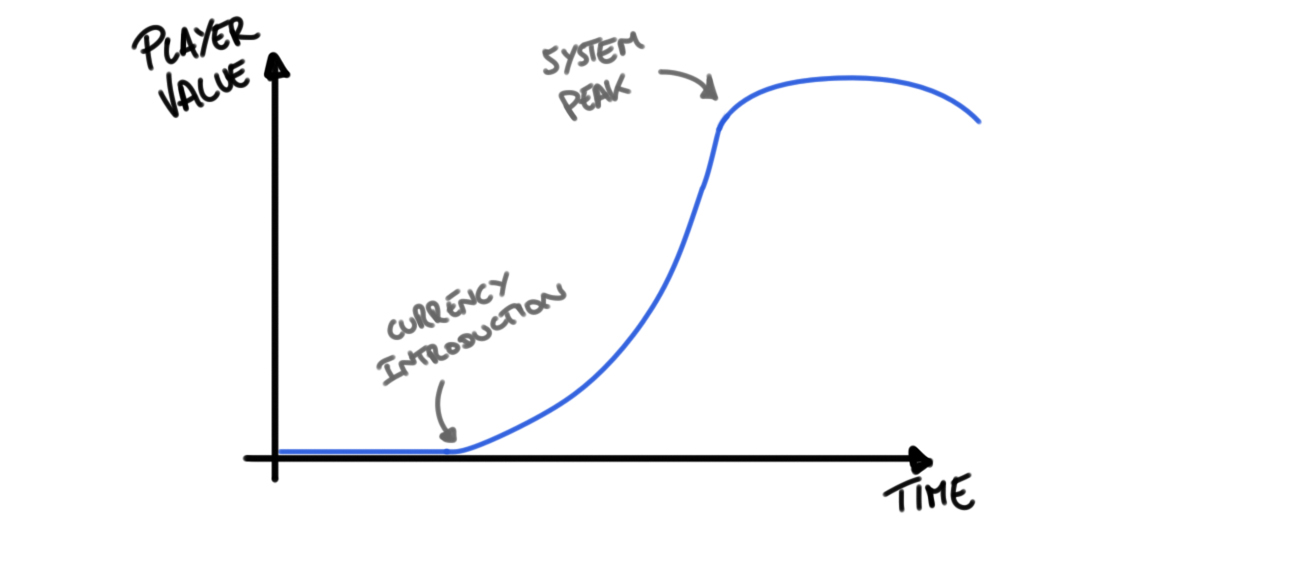
At the end of the game, there is a currency that has no use for the player at the beginning of the game journey (such as"copy pass"). However, as players approach the endgame stages, they gradually learn about the existence of this currency and begin to appreciate its importance and value growth! Ultimately, when the game systems associated with this currency really open up (such as unlocking quest events or reaching required levels or achievements), it will become one of the most valuable currencies and one of the main drivers in the game experience for players !
Aside from these classic examples, what's even more interesting is what happens when you combine them:
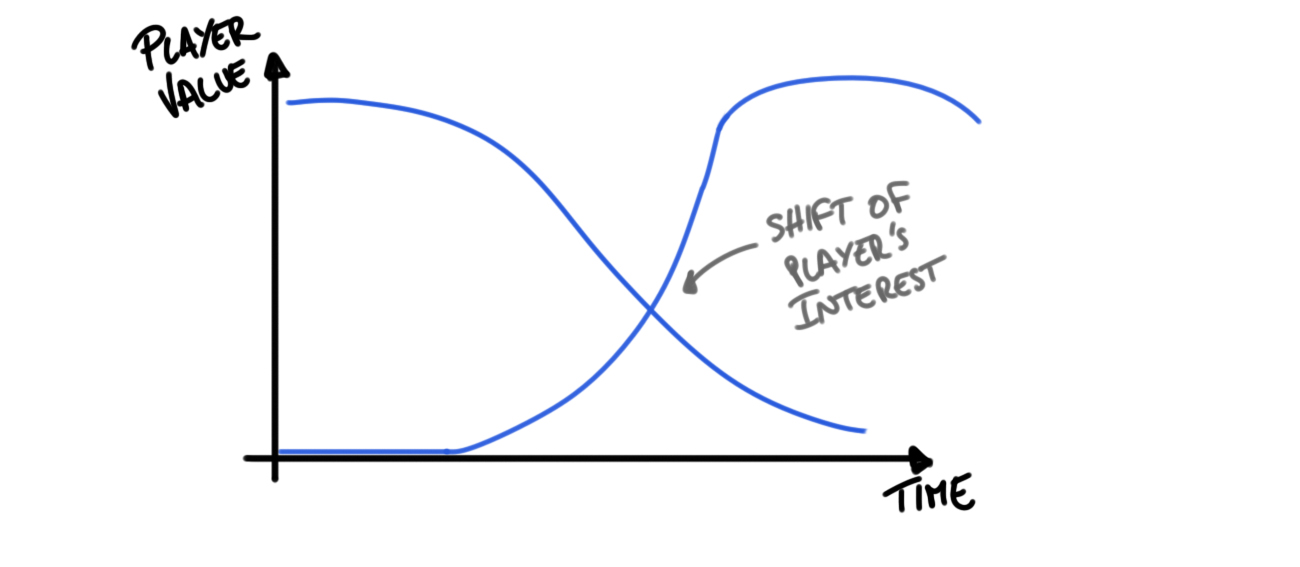
Over time, one currency will naturally replace another, and this evolution will have ripple effects throughout the player's overall gaming experience, including different goals, motivations, rewards, systems, and more. By carefully predicting the mapping between each currency and player value, not only can their relevance be ensured, but the game systems associated with each currency and the incentives for players to engage with these systems can be controlled. A recession in a currency can be a good thing and can be engineered for!
first level title
#Inflation, deflation and a destructive economy
When discussing economic systems, there is a worrying word that often comes into play: inflation. It's widely believed to be the worst thing that can happen to the economy, and to avoid it. However, the reality is much more complicated (especially for game designers).
example
example
In the case of Diablo 2, the game revolved around one currency: gold coins. Unlike the real economy, players can continuously create gold coins, which can be obtained from defeating monsters or opening treasure chests. In multiplayer games, players accumulate so much gold that it loses value and cannot be spent on premium items, and there is no backup currency in the game to account for this. So players began to barter, forming a commodity currency based on the "Stone of Jordan", which became the rarest and most valuable ring. This forms a secondary economic system dominated by players.
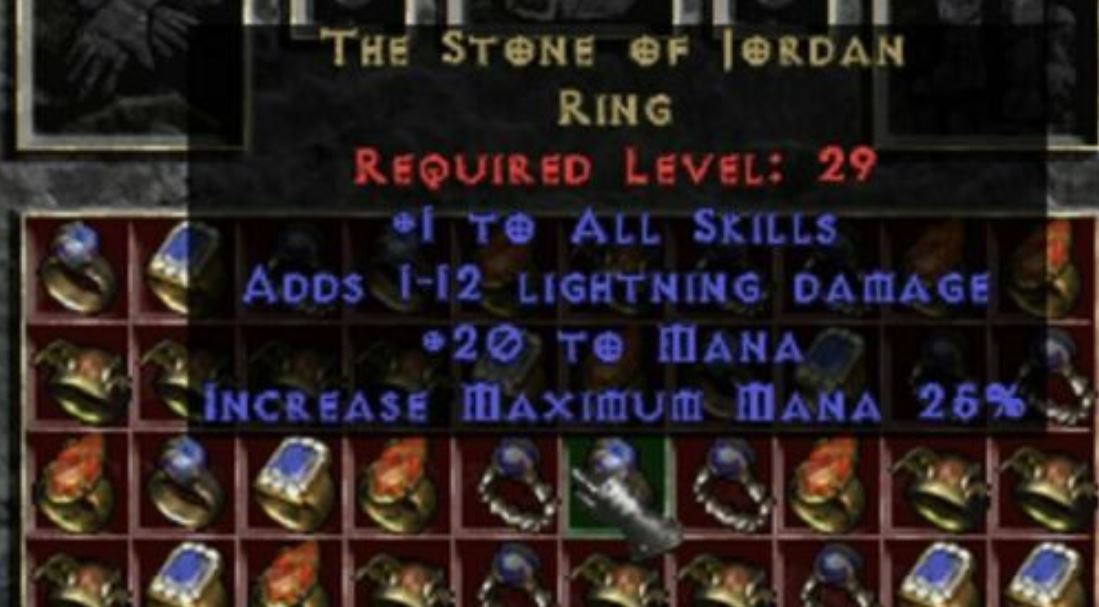
The in-game economy is influenced by game mechanics. As shop items stay priced, they become nearly free, and the currency devalues to zero, rendering game progression and parts of the core loop irrelevant. GTA is an interesting case of inflation that spreads through the single player experience. As players put in a lot of time, the total amount of money grows uncontrollably, leading to hyperinflation. The developers took steps to control currency liquidity, introducing new systems and items that require more currency to buy, both preventing players from destroying the game economy and providing new rewards for loyal players while burning currency. However, it also exacerbates the wealth gap, excludes new players from joining, and causes item prices to skyrocket to ridiculous levels.

In the case of World of Warcraft, for example, the game's economy is handled significantly differently than other games. Gold coins kept piling up without a corresponding increase in the price of items, which led to deflation. The auction house is flooded with items looted by farmers and bot players, eager to exchange their loot for more currency, causing item prices to drop.
World of Warcraft has taken the interesting approach of rebalancing the economy with each new expansion release. Introducing expensive new items to incentivize wealthy players, and rebalancing the entire economy to increase access to gold to ensure new players get in on the action. However, there are obvious downsides to this approach: the devaluation of gold coins causes players to lose a lot of wealth, and player engagement can drop from one expansion to another.
In summary, it is impossible to create a robust and sustainable virtual economy based on the examples described above. There are too many defects in the game economy: virtual currency is generated infinitely, and players can hoard it without spending it. The generosity of game design leads to an unbalanced system that does not meet the needs of every player. In short, the game economy was doomed from the start.
Key point 10: The game economy will collapse. Accept this fact early to anticipate the impact of this depreciation.
secondary title
Safeguards and Currency Protection
Here are a few ways to alleviate game economy issues:
Removing or taxing multi-person sharing components: one of the straightforward and effective methods. Keeping the currency flowing around the player gives more control over how it grows and is used.
Increase and specialize currencies: introduce different types of currencies and reduce their influence to better control and protect the economic system.
Destruction transaction: By establishing a system for destroying excess currency, offset the currency that players continue to generate.
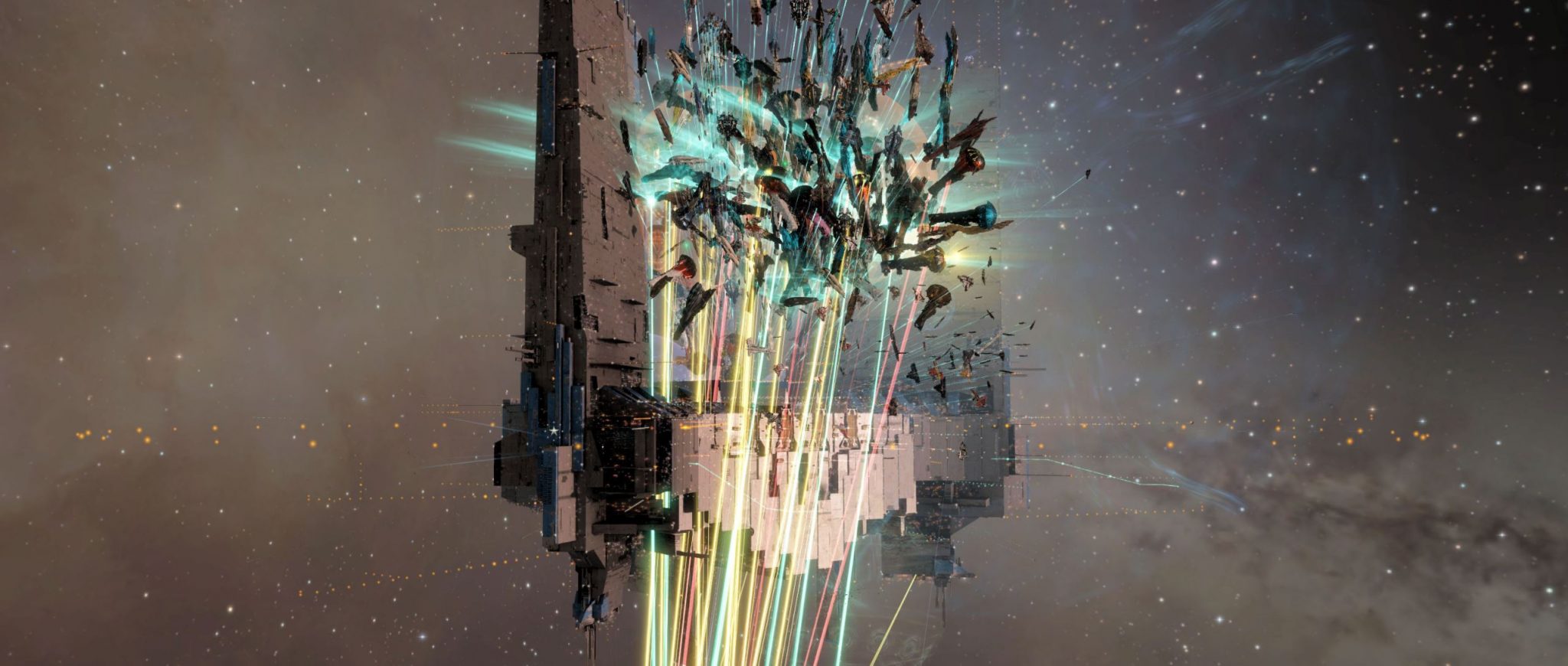
Maintenance System: Requires players to pay for items they own, such as apartment tax, weapon repair costs, guild tax, etc. This method is efficient and can be adjusted according to the player's wealth level to control the currency circulation, but it may also be viewed as a bondage by the player.
Wallet Limits: Limit the amount of currency players can carry and store, forcing them to spend to keep earning more. Combined with a currency burn mechanism, a secure economic base could be established, but this could also be seen as artificially restrictive.
Economic Rebalancing: Tweaks to the economic system, rebalancing resources and consumption to keep player currency within acceptable limits. This method is efficient, but can leave even the most loyal players feeling cheated.
Key Point 11: Consider what factors can build strong defenses against currency debasement.
In the above, a seemingly obvious solution has not been mentioned: have a finite amount of currency! After all, this is one of the keys to building a stable real world economy, and one of the reasons why governments are so cautious about printing more money! Unfortunately, however, some old-fashioned MMORPGs (which was one of the reasons for Ultimate's economic collapse) tried this approach, but the result was always the same: players hoarded currency while being under no obligation to spend These currencies, which caused the economy to completely stagnate, practically disappeared from the game world. Even an economic system marvel like EVE Eve retains some robust ISK (core currency) creation and destruction systems. It's worth noting that one of the keys to success in this endeavor will be to create an economy system that is completely player-managed (banks, shops that set the prices of all items in the game, etc.) and enforces strict protections such as item Corruption to prevent hoarding, influential taxation systems, or devaluation of currency when it is stored to promote consumption.
If we try to simply visualize these solutions, we should be aiming for the following in terms of player value over time:
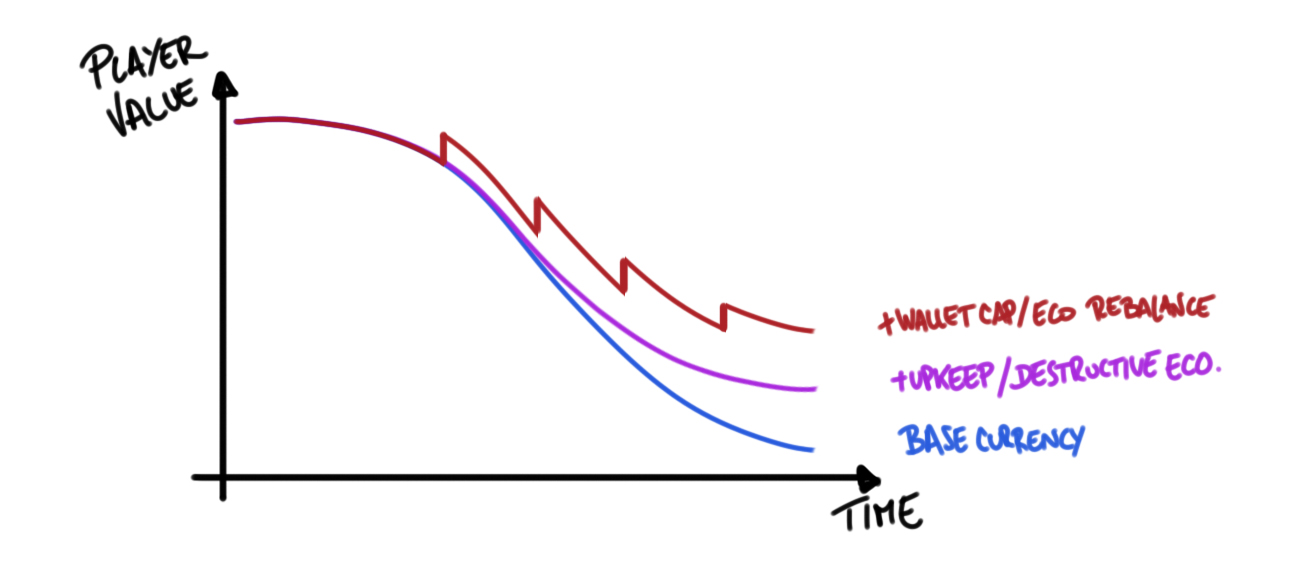
first level title
# Draw a map of the economic system
Organize and transform all information into possible focus points for documentation in the design workflow. During the design phase, the following three essential documents are recommended, starting at a high level to drive your vision for the economy and serving as guiding principles for design, implementation, and iteration.
The first document provides a general overview of the entire system, including:
Breadwinner
The positioning of each currency in its corresponding pillar
Mobility and exchange possibilities between currencies
Although this is a simplified view, it is useful for applying it to your system.
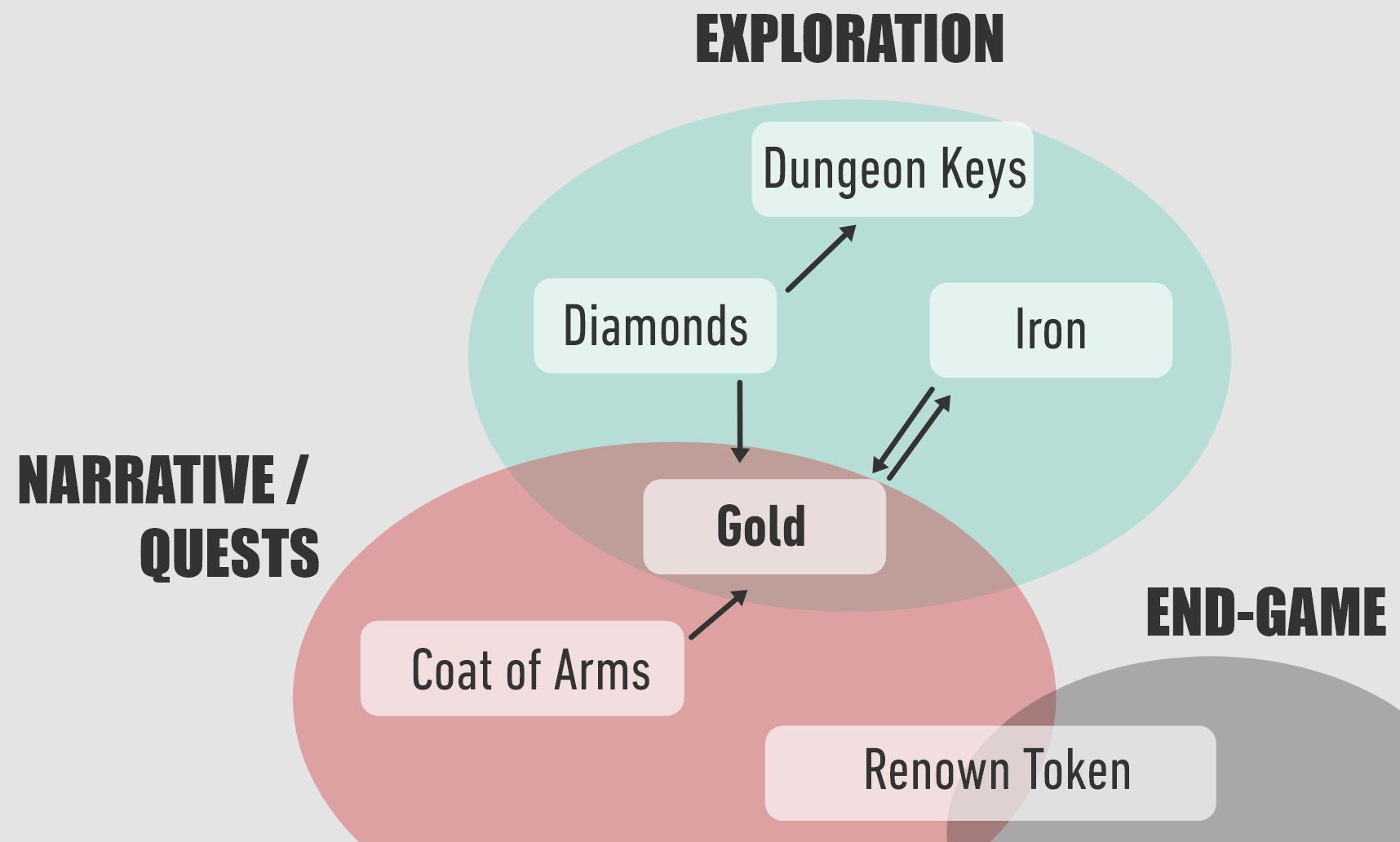
In this simple example, we can clearly see the following:
Gold is the primary currency, used in exchange and as a medium of exchange.
Diamonds are the most valuable currency and can be exchanged for almost anything.
Narrative/quest generated currency is strictly controlled and cannot be obtained through other systems, but gold can be generated for exploration needs.
Prestige Tokens may be an advanced end-stage currency that is gradually introduced and plays an important role in the game. It exists on its own.
The second document is a continuation of the previous document and is optional. It will synthesize the previous overview with the flow of each system, including sources, consumption and the linkages between them.
The following is about the fictional game"iron"A quick example of .
This document can become very large and it is recommended to only create it if your game has a dense, complex and intertwined economy system (e.g. building classes, strategy games, etc.).
The last document is actually what we've already discussed in this article: it's a complete representation of your expected player value for each currency over time. Here's a quick example:
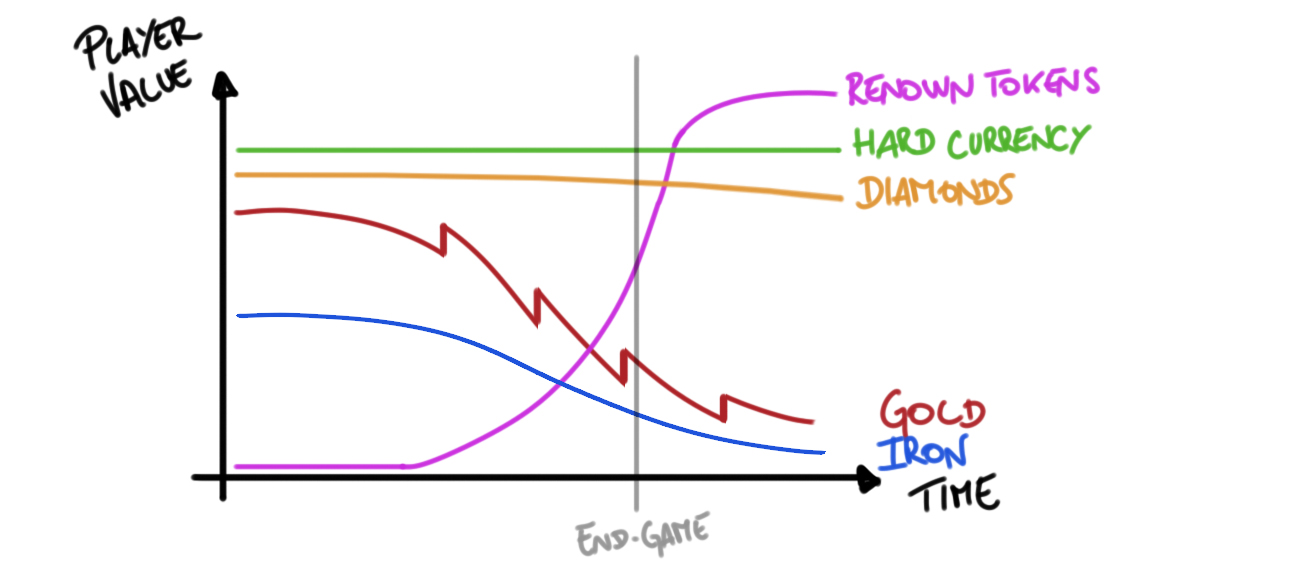
This document plays a central role in the design. While it may be somewhat theoretical, it provides a clear vision of the system and player motivations. The following simple diagram conveys the following information:
Iron is a starting resource that gradually decreases in value and has a role in the early game.
Gold is the resource of choice and needs to remain relevant, with controls and price adjustments to keep value declines in check.
Diamonds are the most valuable resource, stable in value, and remain important in the endgame.
Introducing a precious hard currency that is ubiquitous and the only consumable in advanced systems, maintaining constant value.
Prestige tokens become the main driving force for players to enter the endgame, and may be worth more than hard currency.
As the game evolves, different currencies and systems drive player motivation and engagement. The obvious stages are early/mid and late players.
first level title
#in conclusion
This article cannot exhaustively cover all aspects of economic design, but by applying key points, tools, and ways of thinking, it can help create, maintain, and optimize efficient virtual economic systems. Constantly iterating, testing, and tweaking is key, and focusing on the human element is one of the complexities. Here is the last key takeaway:
Key point 12: Continue to iterate, test, and improve more. The economic system in the first draft couldn't be perfect because it involved many elements, one of the most complex being people. Always pay attention to the progress and development of the economic system.